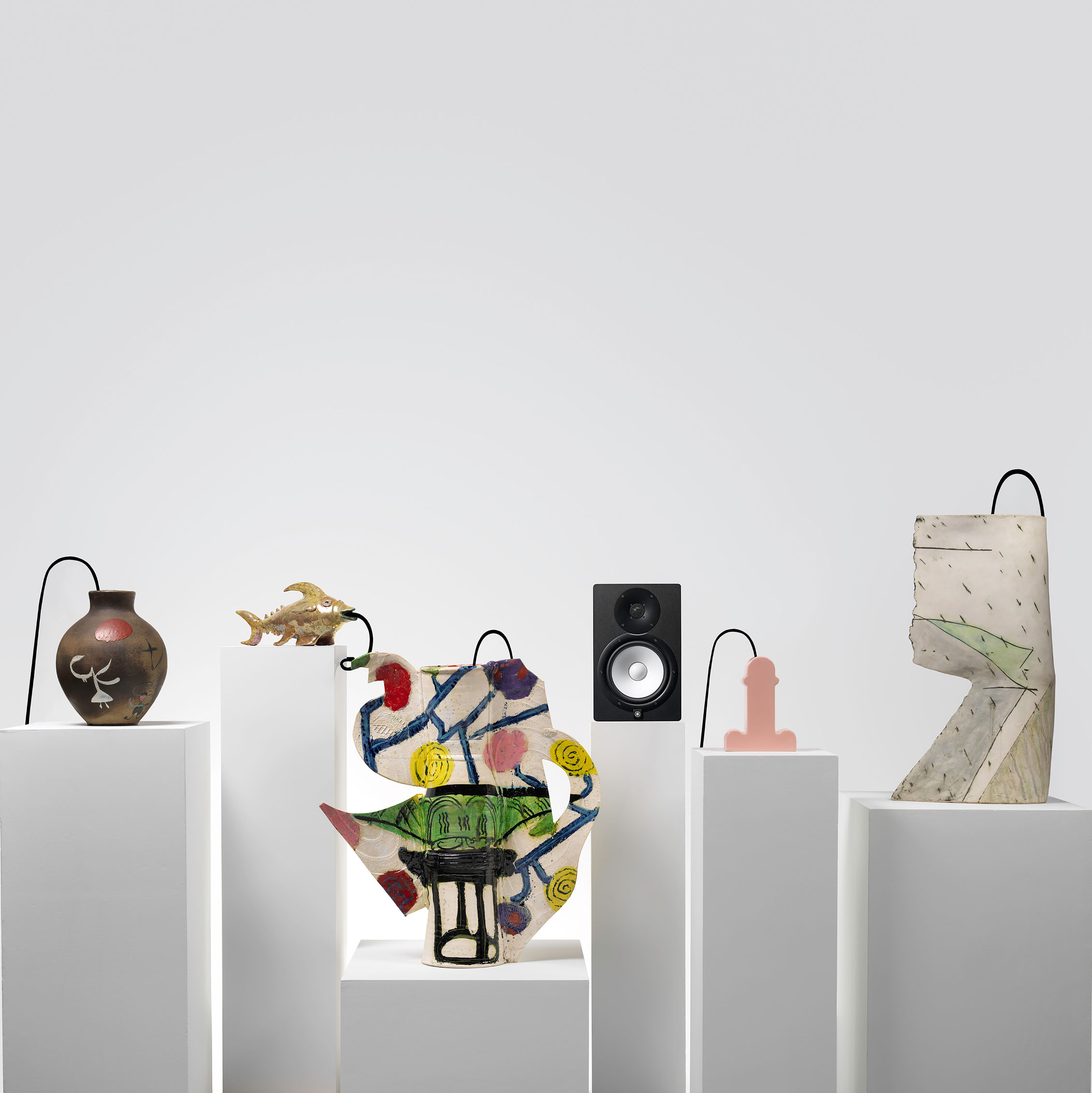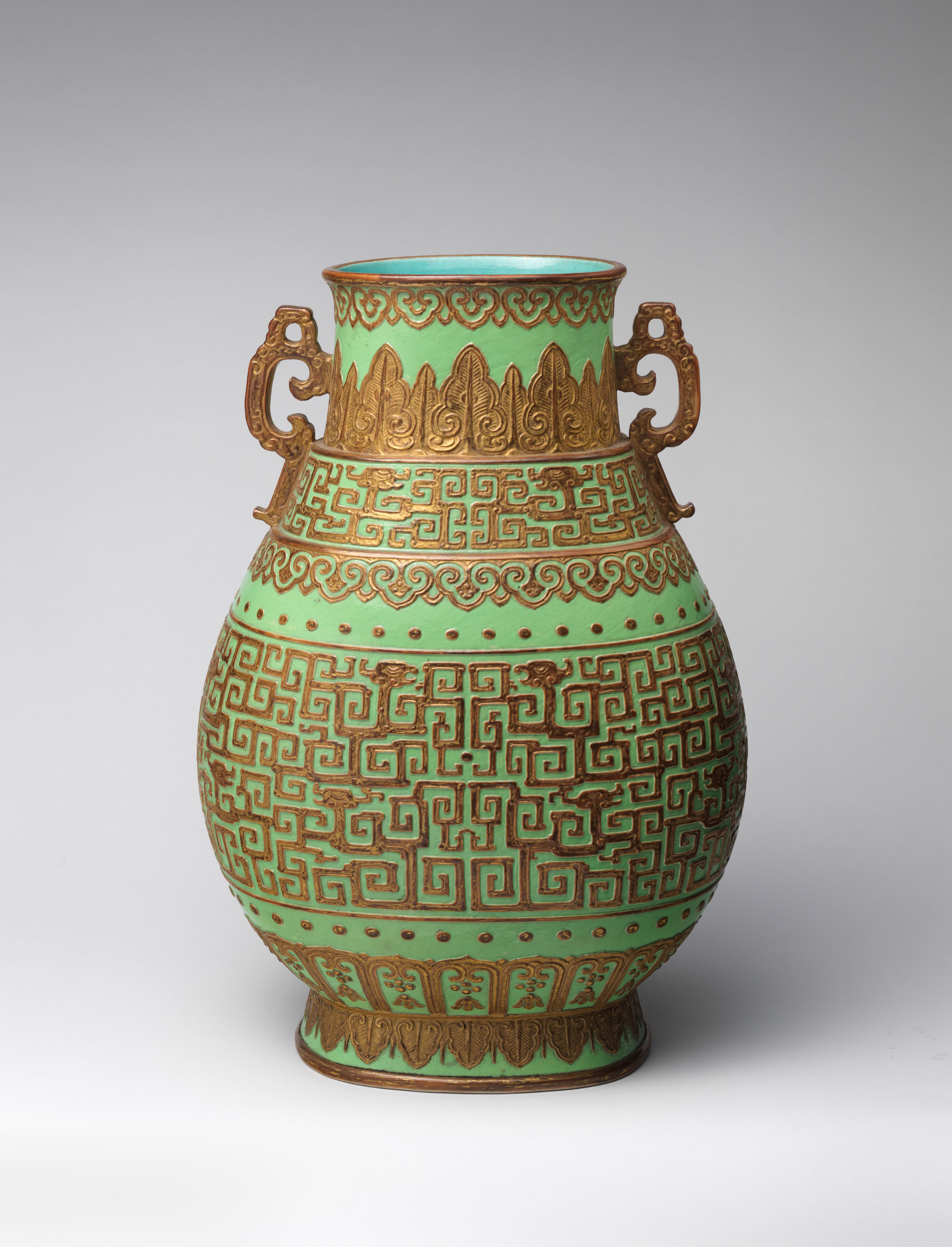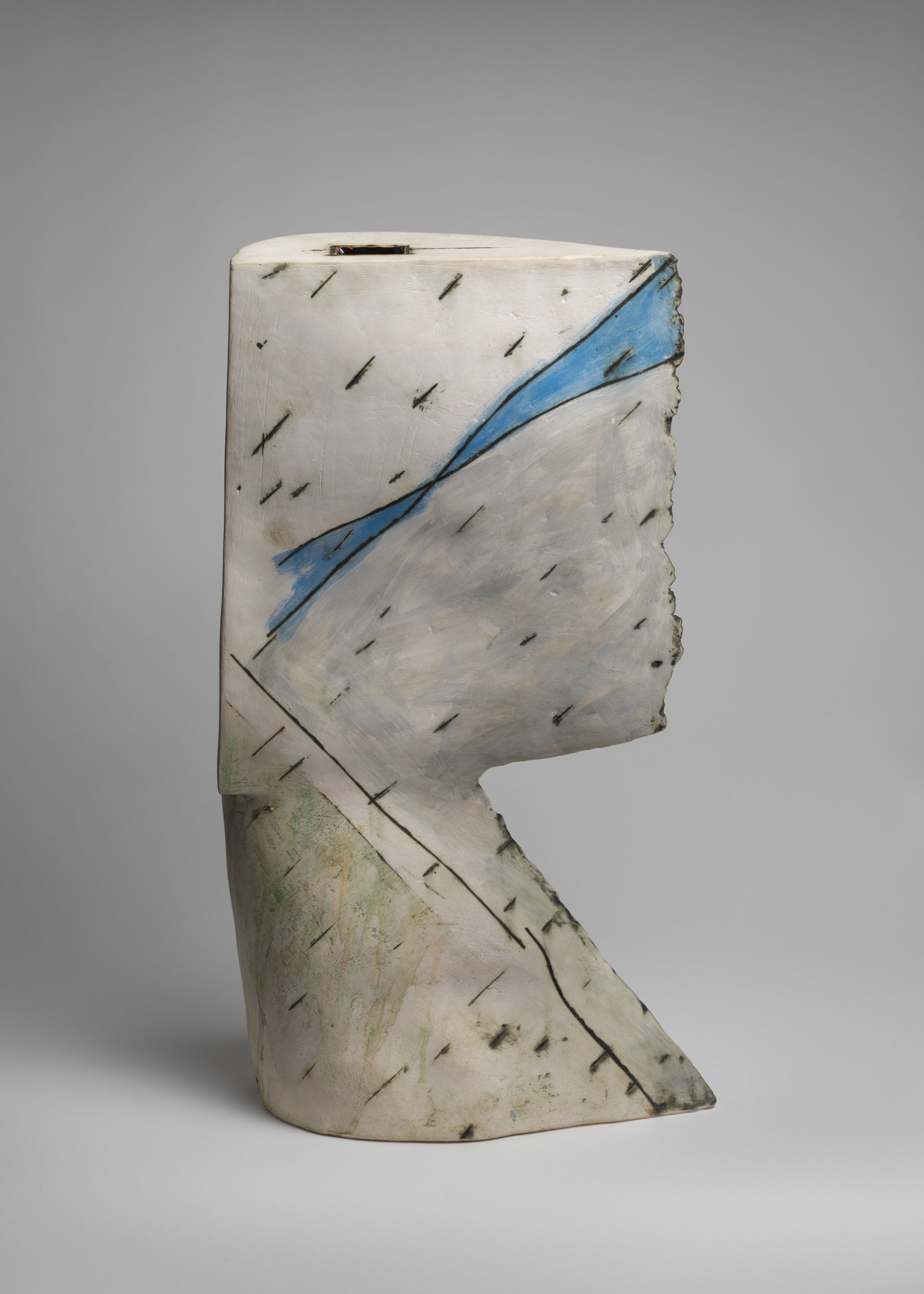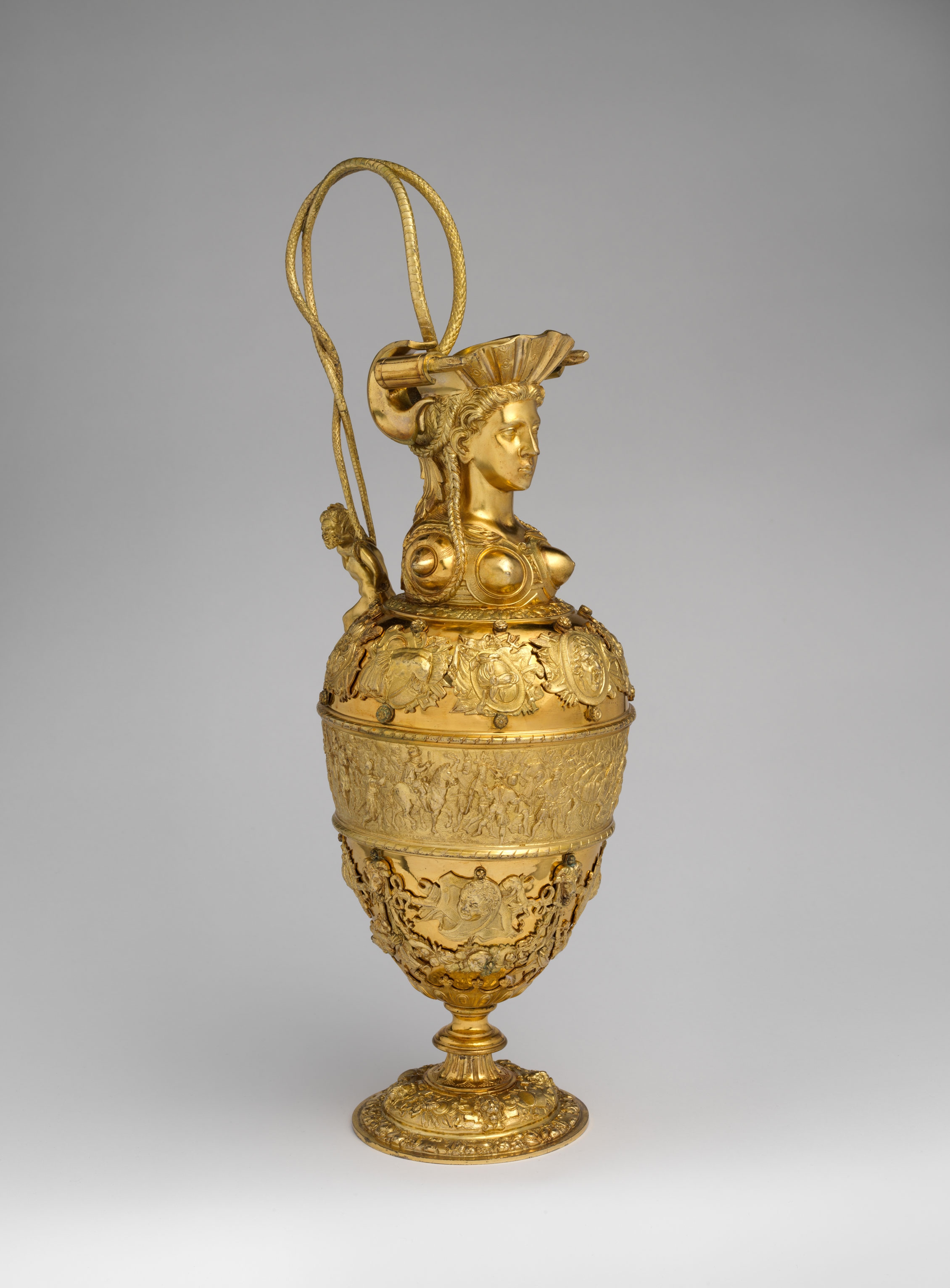
It all started in a 16th-century Turkish bath house. In 2015, Oliver Beer was doing a performance in the hammam—one of his musical installations that employ the natural sounds of a space as their medium—when Sheena Wagstaff, the Met’s Chairman of Modern and Contemporary Art, discovered the young British-born artist. Now, the Met has made history by inviting Beer to be the first-ever artist commissioned to make a sound installation for the museum. Over the past few years, Beer has been working with the museum’s collection to build “Vessel Orchestra” with 32 objects from the Met’s collection, ranging from a Qing Dynasty vase to Ettore Sotsass’s iconic Shiva vase from 1973. Cultured checked in with Beer to learn a bit more about his practice.

You’ve been working on this project for three years, auditioning objects from the Met’s collection to figure out their natural pitch (the sound that is made when you hold the object up to your ear) and then building an orchestra of objects that range from low C to high G on the musical scale. How do you figure out the pitch of the objects? You can hear the musicality of an empty space whether it’s a wine glass or a sea-shell or a Chinese vase just by putting your ear to the opening. Every empty space has its own musical pitch according to its geometry and volume, this pitch remains unchanged since the day it was made.
Was there any consideration of the aesthetic qualities or history of the object or was it purely acoustic? The organizing principle for the exhibition was to privilege the acoustic qualities of the objects in order to perceive them in a totally new way; but at its heart this is an exhibition of aesthetically unique and culturally charged objects. By listening to them to find ones that resonate perfectly in harmony with each other, we brought together objects that would never have been associated with each other; from every corner of history. The sound of the vessels is completely indifferent to their cultural origin and historical significance; it’s a kind of levelling of the cultural and aesthetic playing field. The Met was very open minded and generously gave me access to hundreds of objects in both storage and the galleries, which have phenomenally diverse histories and origins.

Do you have a favorite object in the orchestra? What makes it so? Every object in the installation has a unique story of survival to tell: how has it survived generations of successive ownership and evolutions in taste. Perhaps I do have a soft spot for the Betty Woodman works (she was the first living female artist and ceramicist to have a solo show at the Met), the Beatrice Wood fish is beautiful; the Joan Miro vase has a tiny cheeky figure near the base which you can easily miss.
You started working in sculpture and at some point began working with sound. When did that transition happen and what caused it? I’ve always worked in both sculpture, music and film without ever thinking about when one medium stops and the other starts. I think I’ve always been aware of the musicality of our environment and that feeds into everything I do. For example, my sound-cuts of two-dimensional sculptures, which are sections of objects, like a physical ultra-sound, are tracing the path of sound through the empty space.

In addition to the sounds works you make, you make works that look like paintings, but that you call two-dimensional sculptures. What is the relationship between the sculptures and the sound installations? Sound is synonymous with space and it’s like a sculptural medium for me. All of the sound installations I make can be thought of as sculptures and all the sculptural pieces are sound installations—as a sculptor, thinking about the world with an acoustic sensitivity opens up so many new perspectives on the materials that surround us, the buildings that envelop us and even our bodies themselves. When you slice through an object, like I do with my two-dimensional sculptures, you perceive it from inside in the way that sound travels and permeates materials. It’s like seeing with your ears, or hearing with your eyes.
What criteria you consider when selecting the objects to include in your sculptures? In many ways they are all deeply personal references but at the same time they are iconic forms. Like the violin, which is a quintessential musical form but also deeply associated with the body and reflects my background in composition and sometimes is a portrait of the singers I have worked with. I’ve also used my first camera, which I sliced lengthways to show how light travels through every one of the lens and mirrors and prisms all the way to the celluloid film.



